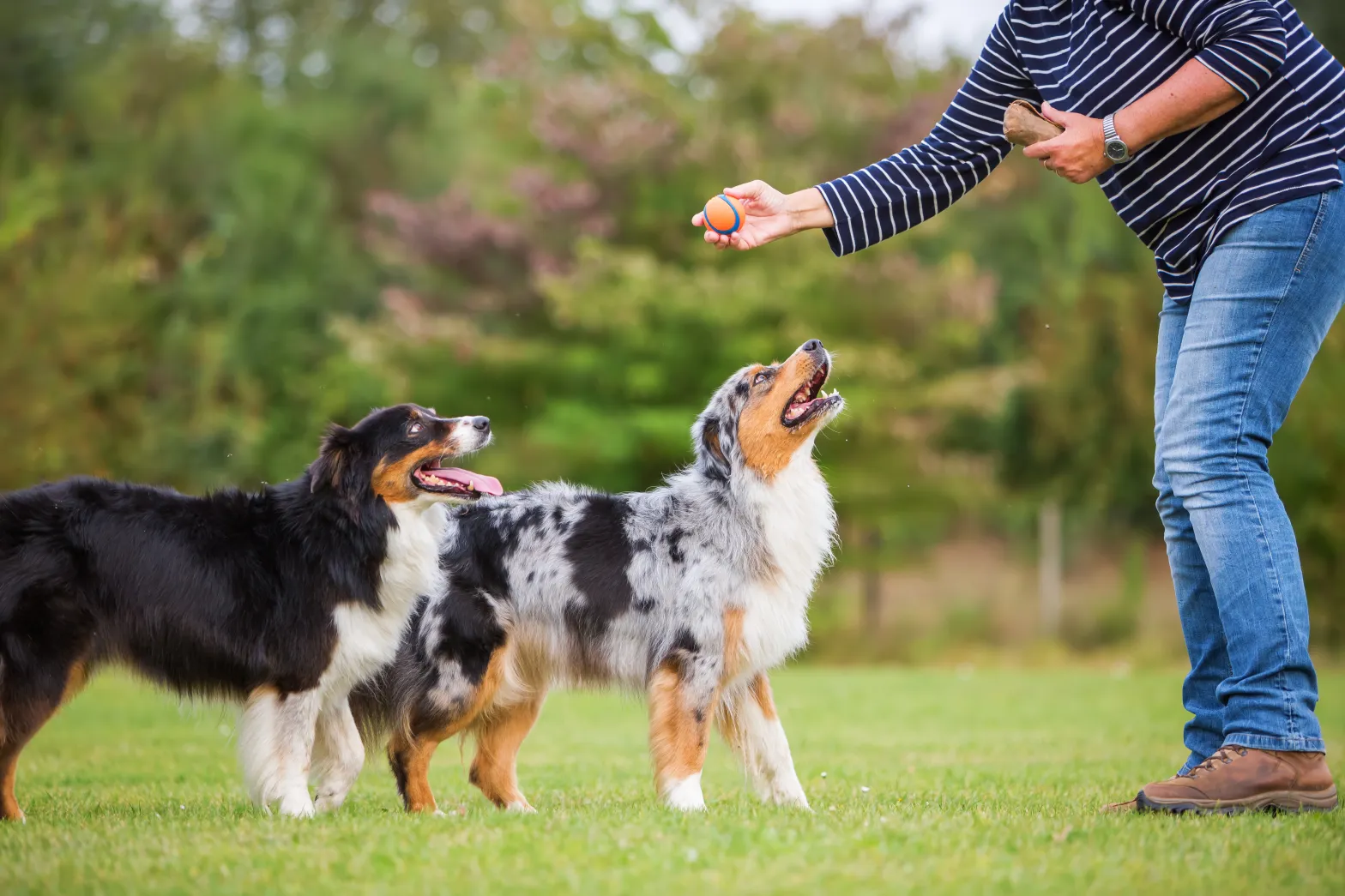Training your dog can be a rewarding experience for both you and your furry friend, but having the right tools at your disposal is crucial for success. Whether you’re raising a puppy or working with a rescue dog, investing in quality training supplies can enhance your efforts and lead to a well-behaved canine companion. Here are the top ten essential dog training supplies to help you on your journey.
1. Quality Leash
A sturdy, reliable leash is fundamental for any dog training session. It allows you to maintain control over your dog while providing a sense of security for both of you. Look for a leash that is comfortable to hold and suitable for your dog’s size. Options range from traditional nylon leashes to retractable ones that give your dog more freedom during walks. Regardless of the type, ensure it’s durable and the right length for your training situations.
2. Training Collar
A good training collar is essential for effective communication during training. There are various types of collars, including flat collars, martingale collars, and training collars with adjustable levels for correction. Flat collars are great for everyday use, while martingale collars provide additional control for dogs that tend to pull. Make sure to choose a collar that fits your dog comfortably and meets the needs of your specific training goals.
3. Treats
Positive reinforcement is a crucial component of effective dog training, and having tasty treats on hand makes rewarding good behavior much easier. Choose small, soft treats that your dog can quickly eat to keep the training momentum going. You can also consider using high-value treats, such as small pieces of cooked chicken or cheese, especially for more challenging training sessions. Remember to adjust your dog’s regular feeding amounts to accommodate training treats to avoid overfeeding.
4. Clicker
Clicker training is a popular method that uses a small handheld device to mark desired behaviors with a distinct sound. This makes it easier for your dog to associate the behavior with the reward. A clicker is particularly useful for shaping complex behaviors or commands. When training with a clicker, make sure to pair the sound with a treat immediately after the click to reinforce the connection in your dog’s mind.
5. Training Pads
For puppies or dogs still learning house training, training pads can be an invaluable supply. They offer a designated area for your dog to relieve themselves indoors, reducing accidents and providing a safe space while you work on outdoor potty training. Look for pads with high absorbency and odor control features to make cleanup easier. Once your dog gets the hang of it, gradually transition them to outdoor bathroom habits.
6. Crate
A crate can serve as a personal space for your dog, aiding in house training and providing a safe environment during training sessions. Choose a crate that is appropriately sized for your dog—large enough for them to stand, turn around, and lie down comfortably but not so large that they can use one end as a bathroom. Gradually introduce your dog to the crate, rewarding them for going inside and creating a positive association with their new space.
7. Training Books and Guides
Enriching your training strategy with professional insights from books and guides can significantly improve your effectiveness as a trainer. There are numerous resources available that cover everything from basic obedience commands to advanced tricks. Look for books authored by certified trainers or behaviourists and consider joining a local training class where you can learn firsthand while meeting other dog owners.
8. Socialization Equipment
Socializing your dog with other pets and people is critical for their overall development and behaviour. Supplies like a dog-friendly playpen can help facilitate safe interactions during playdates. Additionally, consider investing in dog toys that promote social interaction, such as tug toys or balls for fetch. Introducing your dog to various environments, sounds, and experiences will build their confidence and reduce anxiety in unfamiliar situations.
9. Grooming Supplies
A well-groomed dog is often more pleasant to train and interact with. Regular grooming helps your dog feel comfortable and relaxed, which can positively influence their willingness to learn. Basic grooming supplies include a good-quality brush, nail clippers, and dog-safe shampoo. Establish a grooming routine as part of your training program to familiarize your dog with the process and reduce their anxiety during grooming sessions.
10. Training Mat
A training mat can provide a designated training space for your dog, helping them understand boundaries and focus during sessions. Using a mat can cue your dog to settle down and redirect their energy, making it especially useful for training commands such as “go to your place.” Look for mats that are easy to clean and portable, ensuring you can take them along for training outings or trips.
Conclusion
Investing in the right training supplies can make a significant difference in your dog training efforts. With essential items like a quality leash, training collar, and treat rewards, you’ll be better equipped to teach your dog new commands and reinforce positive behavior. Combine these supplies with patience, consistency, and a love for your furry companion, and you will surely achieve success in your training journey. Remember, training is an ongoing process, and the bonds formed during these sessions will contribute to a happy and healthy relationship with your dog.
Read more about Steps to train your dog in this article.



